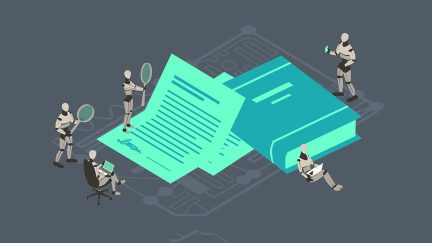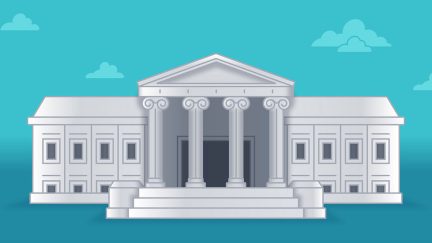Want the latest retirement plan adviser news and insights? Sign up for PLANADVISER newsletters.
Northrop Grumman Settles ERISA Suit
Employees of Northrop Grumman have reached an agreement with their employer to resolve claims in the long-running matter of In re Northrop Grumman Corp. ERISA Litigation, a class action lawsuit initially filed back in 2006.
The parties reached a $16.75 million settlement amount, to be used to improve the administration of the retirement plans in question and to compensate employees and retirees. In the underlying suit, the plaintiffs alleged, among other claims, that Northrop fiduciaries violated their duties to employees in two 401(k) retirement plans by improperly causing those plans to pay Northrop for administrative services.
The case was interpreted as a classic example of an Employee Retirement Income Security Act (ERISA) self-dealing challenge. This type of charge is often leveled against the retirement plans being run by investment providers and recordkeeping providers themselves, but increasingly non-investment-industry sponsors are also accused of similar conflicts.
A motion for approval of the settlement was filed by the parties in the Court of Judge Andre Birotte Jr. of the U.S. District Court for the Central District of California. A bench trial began March 14, 2017, and the settlement was initially struck after three days of trial. The settlement extends to conduct occurring between September 28, 2000 and May 11, 2009, according to the plaintiffs.
The settlement does not cover claims raised in Marshall v. Northrop Grumman Corp., a second case against Northrop in September 2016. This second piece of litigation posits similar allegations on behalf of Northrop employees and retirees, for conduct occurring from 2010 to the present. That matter is also playing out in the Central California district court.
You Might Also Like:

JPMorgan Backed by DOL in 401(k) Forfeiture Suit

California Judge Orders More Details on Prohibited Transaction Allegations
